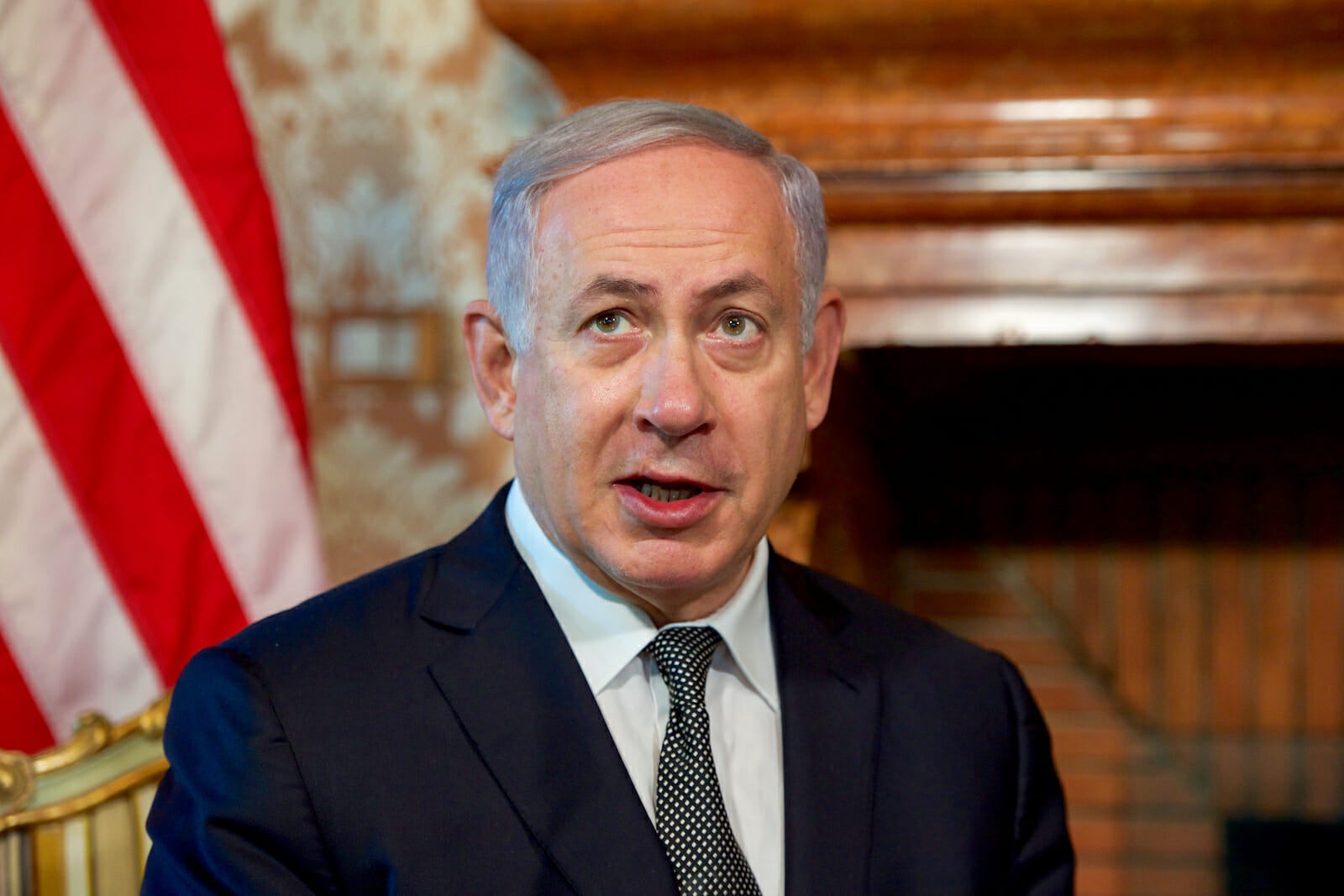
Obama and the Arab-Israeli Conflict
Obama displayed an exceptional ability to inspire confidence in his promises during the 2008 campaign. One such promise was his pledge to actively pursue a peace agreement between Israel and the Palestinians—an issue he did not shy away from on the campaign trail. Although Obama implemented an assertive and logical plan to resolve the conflict early in his presidency (something his predecessors avoided), the administration’s policies and diplomatic efforts have proven strikingly unsuccessful. What happened over the past three and a half years, and why did a well-intentioned and forthright policy go wrong?
Obama addressed the Arab-Israeli conflict with a two-fold strategy: restoring America’s tarnished image among Muslims and persuading Israel to stop settlement expansion. The pinnacle of Obama’s diplomatic outreach to the Muslim world took the form of a much-publicized address in Cairo. He laid out the parameters for peace and was fairly adept at presenting the U.S. as an evenhanded mediator. Perhaps most importantly, the overall tone of the speech was notably more receptive and open-minded than that of his predecessor, George W. Bush. Despite these positive indications, it remained unclear at the time how much substance lay behind the rhetoric.
As the world dissected the president’s speech, newly-appointed Special Envoy for Middle East Peace George Mitchell worked energetically in the background, visiting multiple times with Palestinian, Israeli and Arab leaders during 2009. Obama matched Mitchell’s diplomatic efforts with a significant policy change in May.
During a joint press conference at the White House with recently-elected Israeli Prime Minister Binyamin Netanyahu, Obama set a precondition for negotiations between Israel and the Palestinians. He announced that real progress could not be achieved without the Israelis first implementing a settlement freeze. The move was well-reasoned, noted Martin Indyk, Kenneth Lierberthal and Michael O’Hanlon in a recent essay. “Restricting settlement activity should have improved the environment for negotiations and reduced Palestinian mistrust of Israeli intentions.”
Unfortunately, the reverse proved more accurate. Although not entirely apparent at first, this shift in policy caused significant problems for the administration, and Obama’s ability to broker a peace agreement looked less likely as the year wore on. By designating a settlement freeze as a precondition for negotiations, Obama put Netanyahu in a difficult position politically. Due to some of the more right-wing partners in his coalition, Netanyahu was not able to comply with a full settlement freeze, and the resulting impasse proved problematic for the already weakened Mahmoud Abbas. Thus, within a few months Obama had created an unnecessary obstacle to the peace process.
It did not take long for the president to recognize his mistake. Several months after calling for a settlement freeze, Obama pragmatically backed down from the demand, asking that settlement activity be restrained, rather than fully stopped. However, this policy change yielded limited benefits. Obama was able to coax both Netanyahu and Abbas to sit down with him in late September in a three-way meeting—the first between Netanyahu and Abbas since the Israeli leader’s election. Yet the discussion produced little more than a photograph of Abbas and Netanyahu shaking hands.
Indeed, the Obama administration’s efforts not only failed to achieve any real rewards, the September meeting further damaged Abbas’ standing as a leader and negotiator. He agreed to meet with Netanyahu despite the lack of progress on a settlement freeze but walked away with little to show for it. Shortly thereafter Abbas spoke of resigning.
Despite these setbacks, potential progress appeared to be on the horizon by late November 2009 when Netanyahu announced a 10-month moratorium suspending new construction and new building permits within the West Bank. The moratorium was not a complete settlement freeze, however, as the construction of some government buildings would continue. Moreover, construction in Jerusalem would proceed as usual. In essence, Netanyahu’s moratorium was no more than a partial freeze for a short period of time in the West Bank only, resulting in a partial compliance with U.S. settlement freeze demands.
Although certainly a step forward, the moratorium reaped few rewards. After months of diplomatic pressure, the Obama administration was able to bring Abbas and Netanyahu together for the resumption of direct talks just weeks before the settlement freeze was set to expire in late September 2010. Yet discussion ultimately went nowhere. Despite pleas from the White House, Netanyahu did not extend the moratorium and negotiations floundered as Abbas refused to continue talks without a resumption of the (albeit limited) settlement freeze.
An inability to push the negotiating teams further was not the only problem troubling Obama: before the direct talks had reached a standstill, U.S.-Israeli relations had begun to grow unusually icy. A decision in March 2010 to build an additional 1,600 housing units in East Jerusalem (announced while Joe Biden was visiting Jerusalem) is particularly illustrative of the rift. Furious at both the decision and its timing, the administration criticized the policy, and Obama gave Netanyahu the cold shoulder at a White House visit several weeks later. Some argue that a less tight-knit relationship between Washington and Jerusalem represents a positive change: both countries could benefit strategically from such a development. While there may be some truth behind this argument, the cooling off of U.S-Israeli relations has not aided Obama in his search for Mideast peace.
Indeed, with frustration mounting, the Palestinians further complicated the peace process when Abbas requested U.N. membership for a Palestinian state last September. The move put Obama in an awkward situation. Having called for a Palestinian state while addressing the General Assembly only one year prior, the president now stood at the U.N. and argued that the Palestinian proposal should be turned down. He had been willing to strain U.S.-Israeli relations over settlement building, but he was in no position to support Abbas’ U.N. bid. Political pressure at home demanded he say no. In describing Obama’s relationship with Jerusalem, Republican presidential candidate Mitt Romney went so far as to say that the president had “thrown Israel under the bus.” Obama could not afford to give his political opponents further ammunition.
As unfair and inaccurate as Romney’s statement was, it is still true that Obama’s Mideast peace policies have strained U.S-Israeli relations. But this ultimately misses the point. An impartial mediator—which is what the U.S. claims to be and what is typically required to bring about peace—is bound to upset both sides of a conflict in the process of successfully resolving any large-scale dispute. The administration should be criticized less for upsetting Netanyahu (not to mention Abbas), and more for doing so in an ineffective and unsuccessful way.
Obama’s presidency began with lofty promises and high hopes, and unlike previous administrations, Obama engaged early in the Arab-Israeli conflict with a surprising level of dedication. One cannot blame the president for not trying. If anything, he deserves more credit for his initiative and persistence. Yet Israel and Palestine are no closer to peace today than they were in January 2009.
Obama’s efforts have, ironically, achieved no more than those of the George W. Bush administration, and it is difficult to argue that Bush spent much energy at all on resolving the conflict, despite Condoleezza Rice’s best efforts. Now, four years later and after a surge of ambitious policy making, everyone is frustrated and a peace agreement appears as elusive as ever. High expectations have been disappointed.

